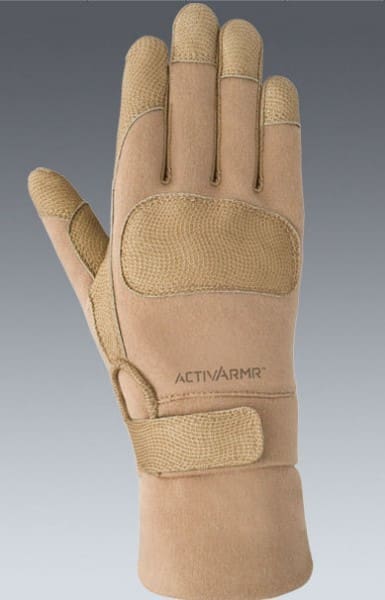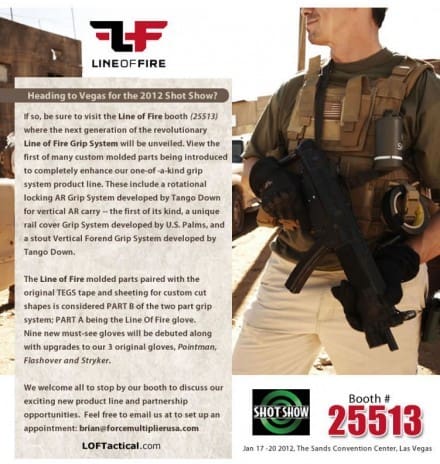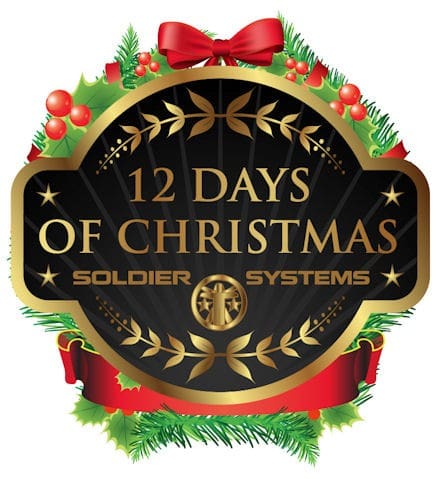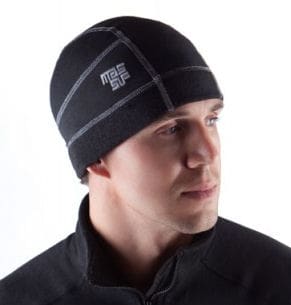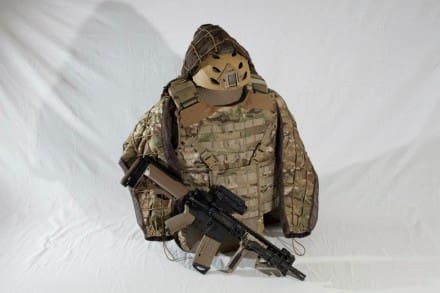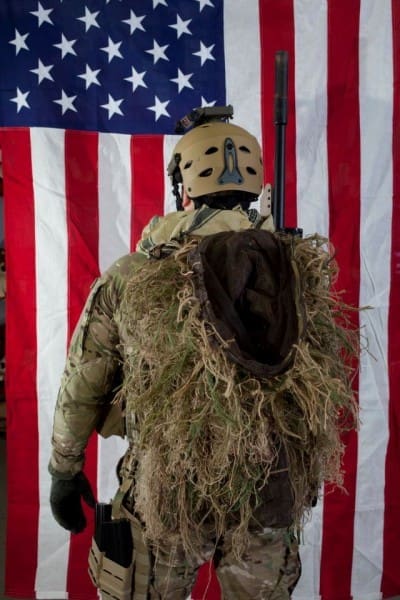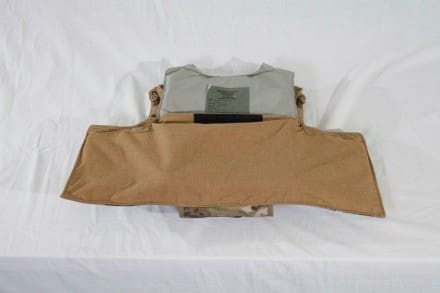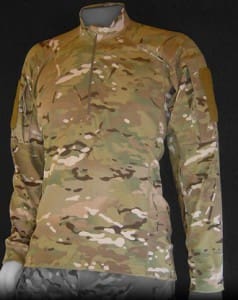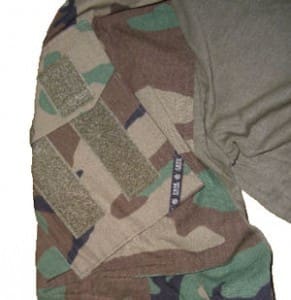Earlier this winter, the Army released ALARACT 382/2011 : COLD WEATHER INJURY PREVENTION FOR 2011 FALL/WINTER SEASON.
In particular, the Army directs commanders to prevent Cold Weather Injuries (CWI). According to the ALARACT CWI include:
– Injuries due to decreased temperature (hypothermia, frostbite, nonfreezing cold injury)
Injuries due to heaters (e.g., burns from fire, etc.)
– Carbon monoxide poisoning
– Accidents due to impaired physical and mental function resulting from cold stress
According the Army, during the 2010 – 2011 cold season, there were 306 CWI reported among Soldiers: 38-cases of hypothermia, a life-threatening condition, and 162-cases of frostbite, which can lead to amputations.
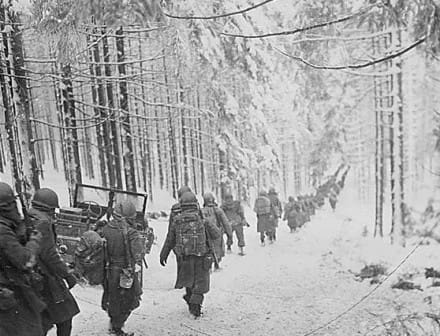
The Army has long relied on keyword COLD to aid Soldiers in preventing CWI. In fact, while it’s not spelled out this way, the basic principles find their way into the ALARACT.
C is for “cleanliness and care — feet, socks and clothing are warmer when clean.â€
O is for overheating — don’t overdress — you’ll perspire and become cold.
L is for “layers and looseness — loose layers allows air spaces to hold body heat,†Also adjust for comfort in order improve circulation and insulation.
D is for dampness — wet garments are cold — repel water, and if you get wet, change to dry clothing.
-Extracted from GTA 8-6-12
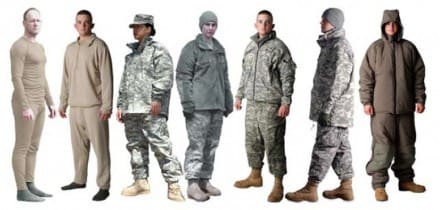
Reviewing the Army’s concerns, the first and last CWI can definitely be mitigated through the proper use of keyword C-O-L-D. But, the Army has also developed a couple of cold weather clothing ensembles like Extreme Cold Weather Clothing System (ECWCS) Gen III and Fire Resistant Environmental Ensemble (FREE) that make taking care of yourself a lot easier.
Both are scalable systems designed to allow the Soldier to configure his clothing for the environment. ECWCS Gen III is designed for use by ground troops while FREE was developed for use by vehicle and armor crews. Consequently, it is FR, just as its name implies. Both systems are available in standard issue UCP or in OCP for use in Afghanistan. And, both systems are provided to the US Army by ADS, Inc.
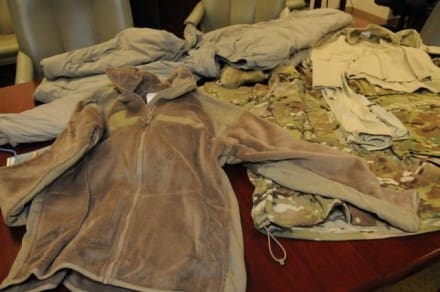
For in-depth information on ECWCS Gen III visit www.adsinc.com/blog/industry-news-and-events/environmental-clothing-systems and FREE visit www.adsinc.com/blog/industry-news-and-events/free-%E2%80%93-keeping-you-warm-in-spite-of-the-heat
Unfortunately, injuries are a risk of military service, but many can be prevented. CWI fall into that category. For more information on CWI visit phc.amedd.army.mil.
www.adsinc.com/solutions/clothing-programs


